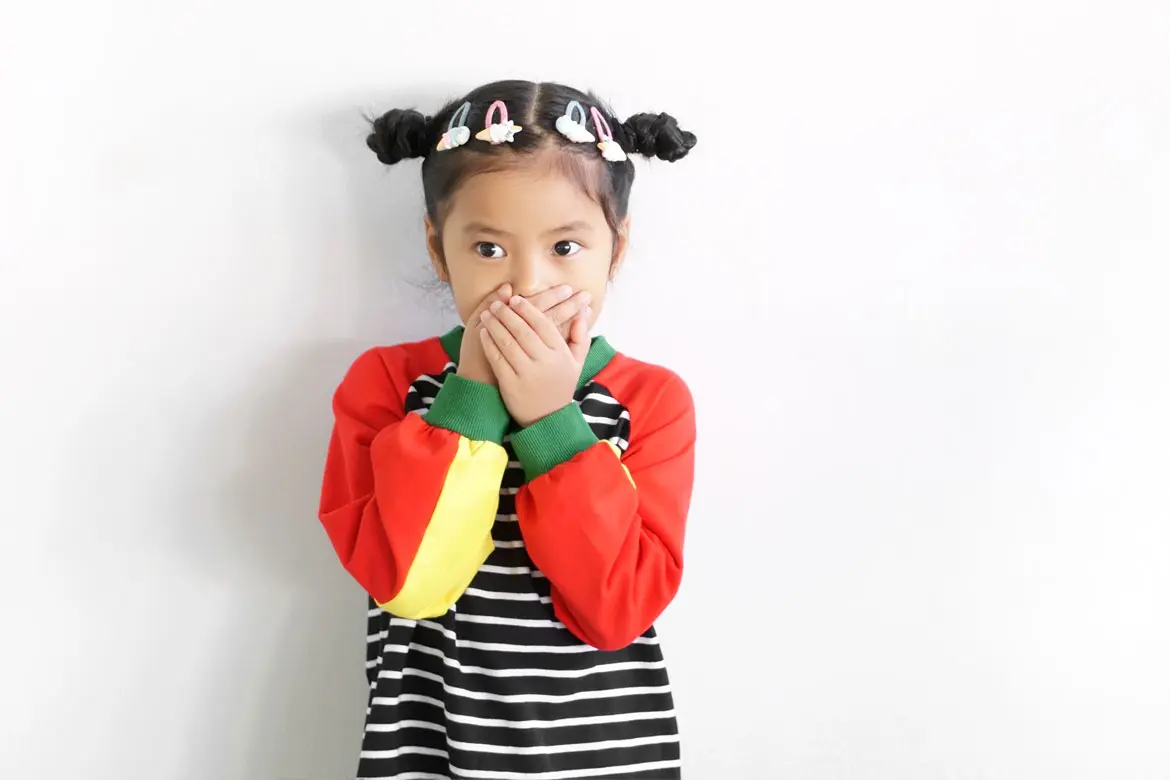Dr Goh Han Meng
Paediatrician


Source: Shutterstock
Paediatrician
Also known as pertussis, whooping cough is a respiratory tract infection that can lead to life-threatening complications in babies and young children. When serious, whooping cough can lead to pneumonia, fainting, lack of oxygen and seizures.
The bacteria trap themselves in the small structures of the airway so whooping cough can reach others whenever your child sneezes or coughs. The illness can be contagious for about 3 weeks after the coughing begins. Whooping cough can last for 1.5 – 3 months.
It is most common in children, but it is becoming more common in teens and adults.
1. Severe cough
Whooping cough causes a serious hacking cough and a high-pitched inhalation that creates the “whoop” sound. This is much easier to detect in children than adults.
2. Prolonged coughing
Although it can appear to be a normal cold for the first 1 – 2 weeks, a continued bad cough for more than two weeks could be whooping cough.
3. Flu-like symptoms
Early symptoms mirror cold or bronchitis symptoms such as sneezing, runny nose and coughing.
4. Intrusive bouts of coughing
Whooping cough can disrupt eating, sleeping and daily activities. It is intense and intrusive, which disrupts your daily activities and living.
5. Vomiting
Although this is rare in adults, it is not uncommon for children to vomit after coughing if they have whooping cough.
Other noticeable symptoms are:
1. Go to the doctor
Whooping cough is a serious illness that should be treated immediately. Do not try to self-medicate. If you think your child has whooping cough or pertussis, bring them to a clinic or hospital. The doctor will likely provide an antibiotic that can contain the illness and prevent the bacteria from spreading. This is most effective when your child is medicated within the first few days of getting whooping cough. You should finish the course of antibiotics.
2. Maintain good hygiene practices
Ensure your child and your family reduces the risk of spreading the germs by covering their mouths when they cough or sneeze. It is best to cough or sneeze into a tissue, elbow, or upper sleeve. If your child does sneeze into their hands, make sure they wash their hands.
3. Stay at home
To keep the chances of contagion low, keep your children at home until your doctor gives you the green light. It is vital to ensure babies stay away from those who are infected as whooping cough can be deadly, especially for babies that are 1 – 3 months old.
4. Get vaccinated
Protect your baby against whooping cough with the diphtheria, tetanus, and whooping cough (DTaP) vaccine. You should keep a record to make sure your baby receives 3 doses between 2 – 6 months of age, and a booster dose at 18 months. Studies suggest that the current acellular variant causes less lasting immunity than the old whole cell one. In some countries like Australia, the second booster is given at age 4, whereas in Singapore, the second booster is given at age 11.
5. Protect yourself
Adults should also take precaution by getting a Tdap booster vaccination. Studies show the immunity induced by vaccination wanes cover time. Protection is not life-long. Pregnant women should get the vaccine when they are between 27 – 36 weeks to keep both the baby and mother safe.